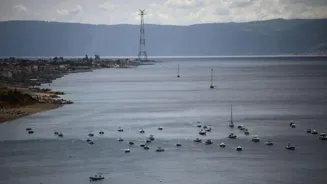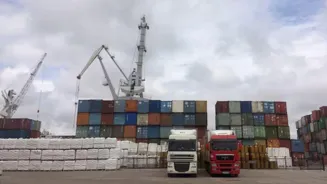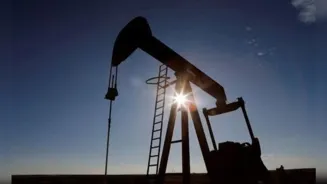The Wednesday announcement
Spearheaded by Prime Minister Giorgia Meloni's administration, the bridge is now moving toward the construction phase, with a target completion date of 2032.
While the project is being promoted as a transformative undertaking for Italy’s infrastructure, regional development, and military mobility, it is not without substantial opposition — from environmentalists and fiscal watchdogs to civil society groups.
How did the megaproject come about?
The idea of physically linking Sicily to mainland Italy dates back to antiquity, with tales of raft crossings recorded as early as 252 BC. Over time, the concept transitioned from legend to national aspiration.
Following Italy’s unification in the 19th century, the need to integrate the southern regions gained political momentum. By 1969, the Italian government began formally exploring options for a bridge across the Strait of Messina.
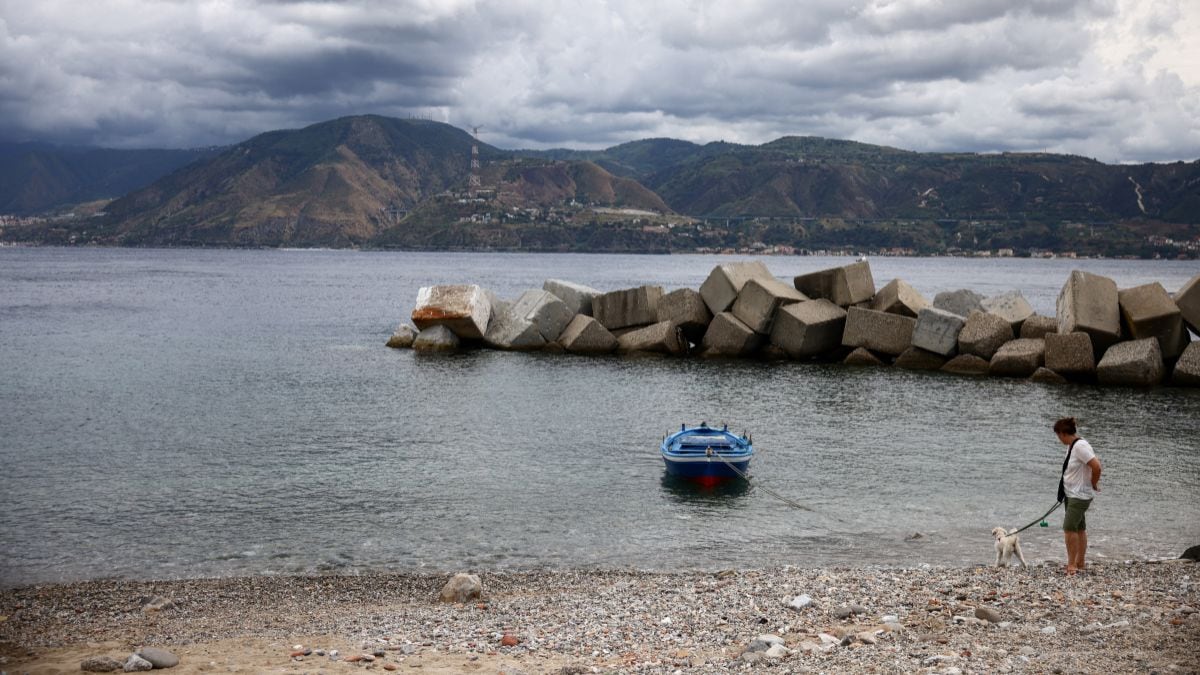
A woman walks with
her dog along the Sicilian coast with the Calabrian shoreline visible across the Strait of Messina, Italy, August 5, 2025. The area is part of the planned site for a suspension bridge connecting Sicily to mainland Italy, with construction expected to begin in the second half of 2025. Reuters
Though proposals were entertained by successive administrations, actual execution proved elusive. The bridge has been proposed, modified, cancelled, and revived several times.
Former Italian Prime Minister
A second push during his return to power also failed, and the plan was shelved again in 2011 amidst Italy’s financial turmoil during the eurozone debt crisis.
After decades of delays, the current administration led by Meloni brought the project back into focus in 2023.
Now, in 2025, with the approval granted by Italy’s Interministerial
“It is not an easy task but we consider it an investment in Italy's present and future, and we like difficult challenges when they make sense,” Meloni remarked at the CIPESS meeting, according to a statement from her office.
What will the bridge look like?
The bridge will stretch a total length of approximately 3.7 kilometres (2.3 miles), with a suspended span of 3.3 kilometres (more than 2
This span length would surpass the current world record held by the Canakkale Bridge in Turkey, opened in 2022, by over 1,200 metres. Once completed, it will become the longest single-span suspension bridge on the planet.
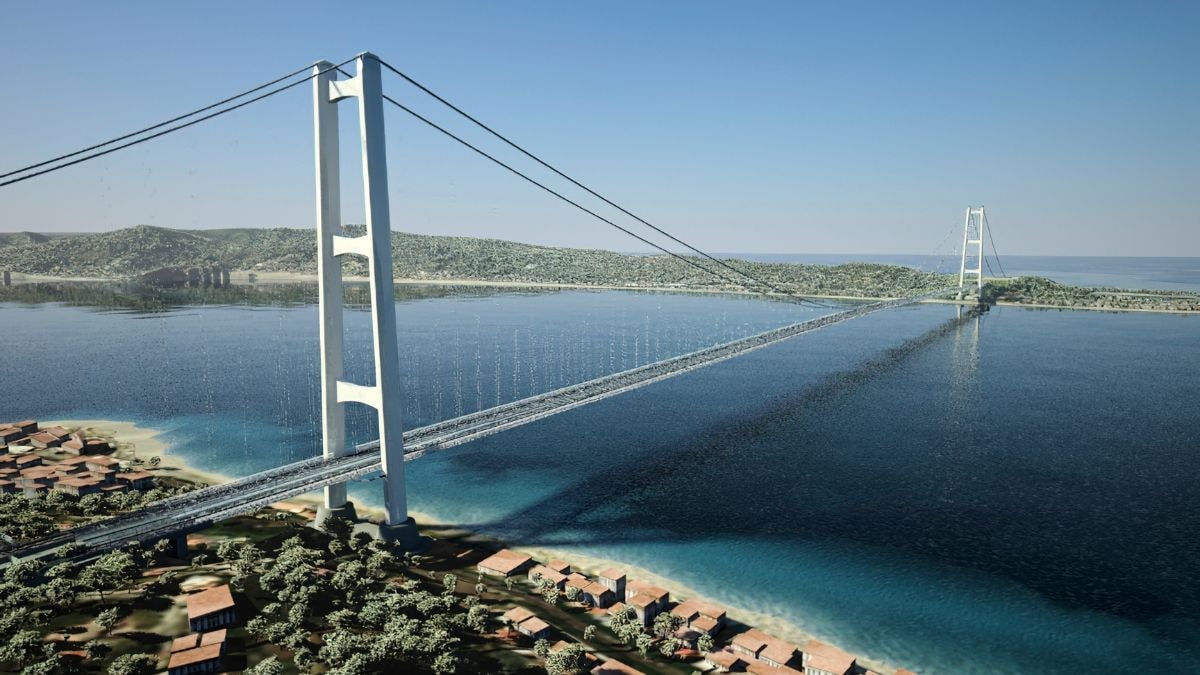
This digital rendering shows a bridge linking the Italian mainland with Sicily, a long-delayed 13.5 billion euro ($15.5 billion) project, August 6, 2025. Webuild – Eurolink Image Library via AP
The structure will feature three vehicular lanes in each direction, flanked by a
The capacity is set at 6,000 vehicles per hour and 200 train crossings per day.
The reduction in travel time will be substantial: what currently requires up to 100 minutes by ferry — including boarding and disembarkation — will be shortened to 10 minutes by car.
Train journeys will save approximately two and a half hours.
The bridge is being constructed by the Eurolink consortium, which won the contract through an international bidding process. The group is led by Webuild, Italy’s largest
Each partner brings extensive experience with large-scale infrastructure projects. Webuild is involved in the NEOM project in Saudi Arabia, Sacyr participated in the expansion of the Panama Canal, and IHI has worked on notable bridges such as the Akashi Kaikyō in Japan and the Osman Gazi Bridge in Turkey.
The design for the Messina Bridge incorporates engineering solutions tailored for complex environments.
According to Webuild, the aerodynamic profile of the bridge will resemble the fuselage of a fighter aircraft, with wind-permeable deck openings to ensure structural stability during storms or seismic events.
The bridge's suspension structure is deemed less vulnerable to earthquakes, a critical factor given the region’s seismic history.
A boost for southern Italy’s economy?
For decades, the Mezzogiorno — the southern portion of Italy, including Sicily — has trailed the more industrialised north in terms
The Meloni government argues that a direct road and rail link between Sicily and the rest of Italy will help bridge that gap, attracting investment, reducing transportation costs, and integrating the region into the national economy.
Currently, vehicles and trains must use ferry services to traverse the strait. Trains in particular undergo a laborious process of being loaded onto ferry vessels, which can extend the journey by two hours or more.
Peak times
Italian Transport Minister Matteo Salvini has championed the project from the outset, calling it “an absolutely fascinating engineering project” and adding that it “will be transformative for the whole country.”
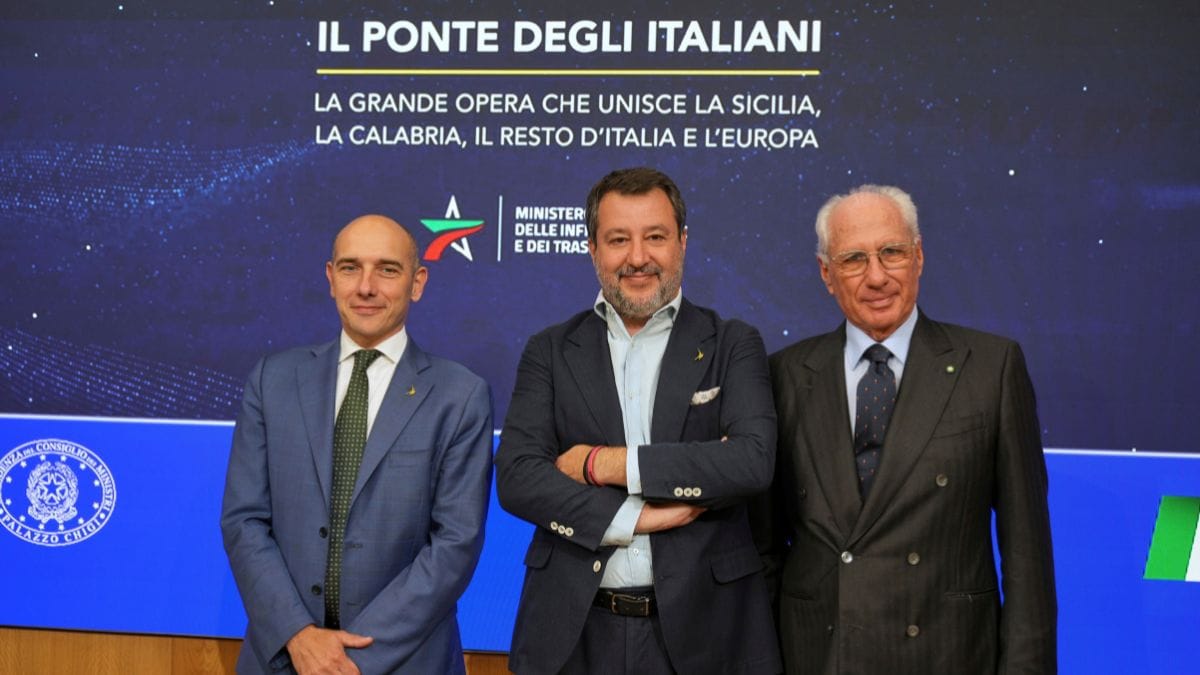
From left: Italian undersecretary Alessandro Morelli, Italian Vice Premier and Minister of Transport Matteo Salvini and businessman Pietro Ciucci pose for photographers at the end of a press conference in Rome, August 6,
2025. AP
The government has committed €13.5 billion over the next decade for the bridge and its related infrastructure, a sharp increase from initial estimates two decades ago.
Webuild has projected that more than 100,000 jobs will be created during the construction phase, both directly and through associated industries.
What is the Nato connection?
Officials plan to categorise the bridge under Nato-aligned defence infrastructure. Italy has pledged to boost defence spending to 5 per cent of its GDP
A report published in April by Italian authorities stated that the bridge “constitutes a fundamental infrastructure with respect to military mobility,” especially considering the nearby Nato installations.
It also highlighted the “growing role of the Mediterranean as a geopolitically sensitive area.”
At the Nato summit in June,Meloni cited increasing Russian activities in the Mediterranean and North Africa as a justification
Salvini supported this view, saying, “It is obvious that it is dual-use and can therefore be used for security reasons too.”
However, he added that the final classification would depend on assessments by the defence and economy ministries.
Despite government enthusiasm, not everyone is
He explained that in the event of a military threat from Russia, troop deployment from Italy would more likely occur via the Adriatic Sea, airports, or alpine routes. “If you have to go east, it’s either via the Adriatic, via plane, or via the Alps,” Marrone told the Financial Times.
In fact, a group of over
Italian General Gualtiero Corsini raised similar concerns as early as 1987, stating that suspension bridges were “the highest vulnerability” among all connection options and would necessitate anti-aircraft and missile defences.
Marrone agreed that, if deemed a strategic military asset, the bridge would require protection
What challenges does the bridge face?
Critics cite the seismic risk of the region, potential disruption to migratory birds, marine ecosystems, and the lack of comprehensive impact assessments.
Earlier this week, multiple environmental associations filed a formal complaint with the European Union, arguing that the project fails to meet the legal standards of public
Citizen groups in Messina have also voiced their discontent. “CIPESS is a biased arbiter, we hope that real arbiters - third party figures, the Court of Auditors, the EU, the judiciary - will come and stop this game, which is devastating for our territory,” Daniele Ialacqua, a prominent anti-bridge campaigner, told Reuters.
Opposition is also building locally, as construction will require
The train station is to be relocated, and some neighbourhoods will face demolition to make way for approach roads and rail lines.
Concerns about organised crime infiltrating the project have also surfaced. Southern Italy has long contended with the influence of mafia networks, particularly in public procurement.
In response, Meloni mandated that the bridge project remain under the jurisdiction of national anti-mafia laws, rejecting early proposals to assign oversight solely
Salvini pledged strict enforcement of anti-mafia measures and indicated that the government would adopt procedures similar to those used for the Milan Expo 2015 and the upcoming Milan-Cortina 2026 Winter Olympics.
“We need to pay attention so that the entire supply chain is impermeable to bad actors,” he said.
Although preliminary works such as archaeological and geological surveys are now authorised, actual construction is pending final validation from the Court of Auditors.
A source familiar with the process told Reuters that the review could take several weeks. Salvini expressed hope that land expropriations and physical construction would begin in September or October this year.
With inputs from agencies
